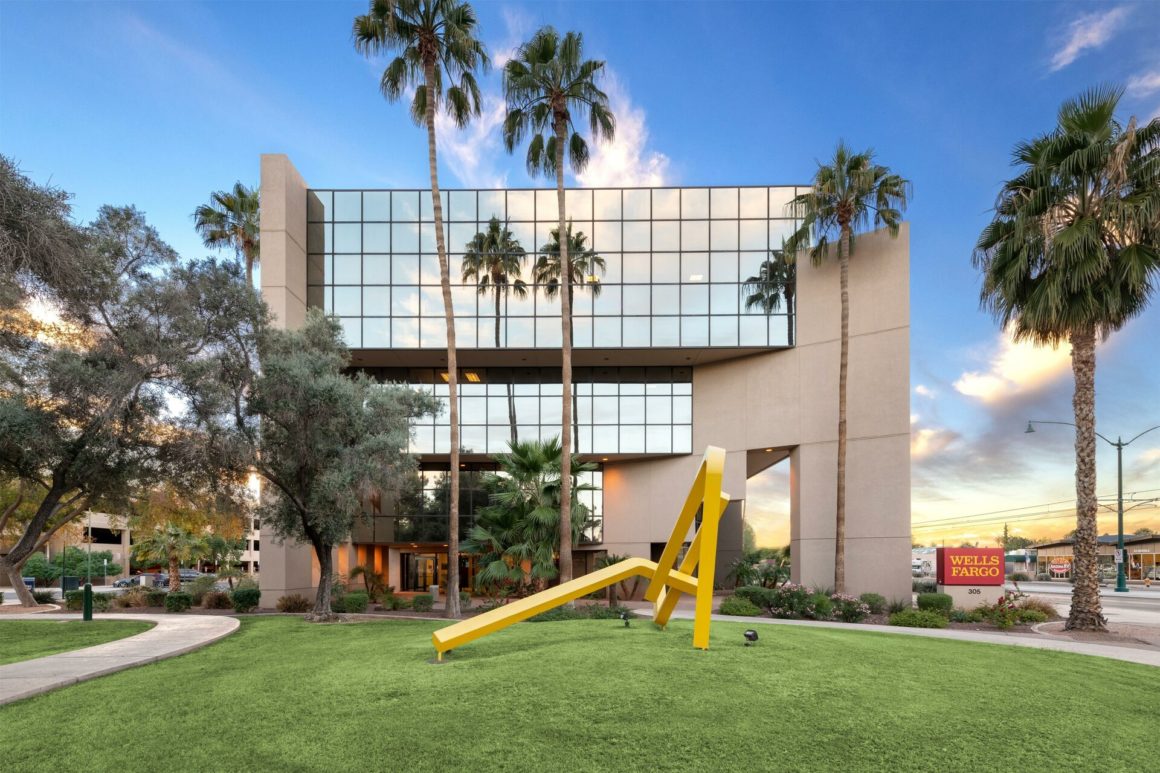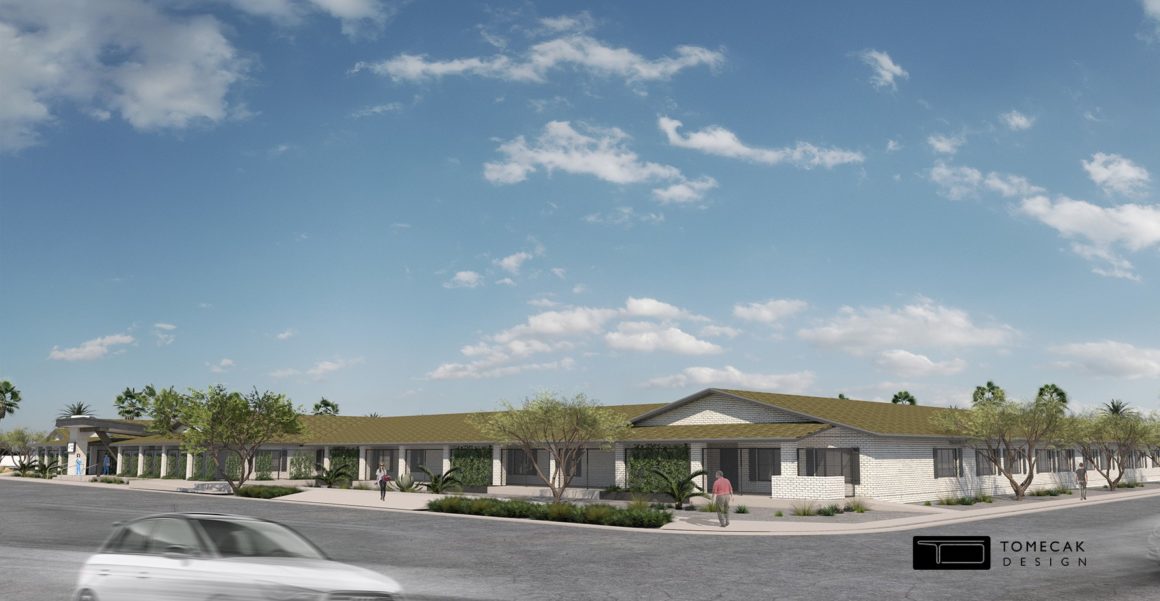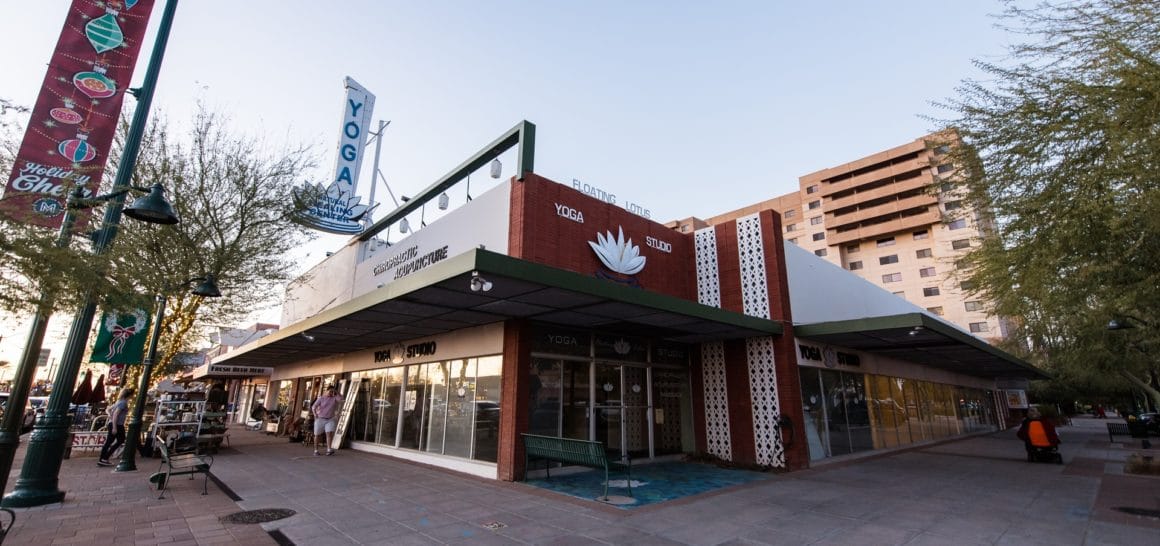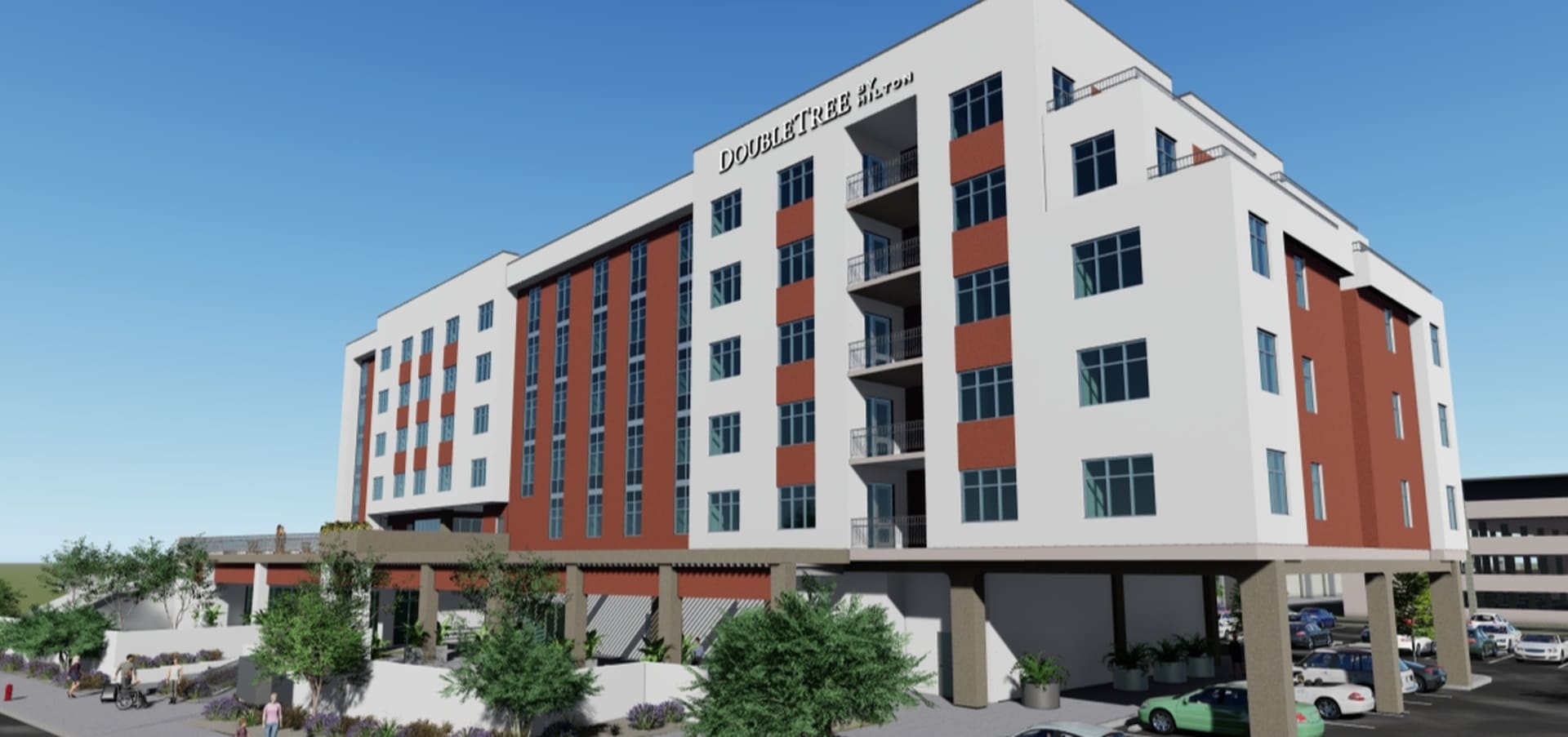SCOTTSDALE, Arizona – Selecting winning opportunity zone (OZ) projects requires much more than a discerning eye and reliance on the federal program’s tax advantages. It requires careful strategy, says CFO Jade Leung of Arizona-based real estate investment firm Caliber.
Leung and other Caliber executives look for certain key indicators of success when evaluating the nation’s 8,700 qualified properties. “One of the things that is critical to ensuring the success of this program is not only good stories that help communities and drive new business and new investment, but deals that would have been good regardless,” Leung says. “We’re not chasing down investments just because they happen to be in opportunity zones.
Join Chris Loeffler, Caliber CEO, as he shares Caliber’s journey from a small startup to a market leader in commercial real estate asset management and gives key insights on Caliber’s innovative investment approach, including self-directed IRAs and private loans.
There are various approaches utilized by Caliber, such as converting commercial spaces, investing in distressed real estate, and introducing pickleball facilities. In this podcast, Chris discusses the importance and intricacies of approaching opportunity, building investor trust, securing funding, transitioning to the public domain, and maximizing returns within Opportunity Zones.
Opportunity zones were created under the 2017 Tax Cuts and Jobs Act to stimulate economic development and job creation, by incentivizing long-term investments in low-income neighborhoods. Those who participate in qualified opportunity zone funds are able to defer, reduce and possibly eliminate taxes on capital gains, depending on the length of time held. Investors roll capital gains into the funds, which are then deployed into opportunity zone redevelopment projects.
But navigating this unique landscape requires skill and a team that understands the relatively new program and can differentiate facts from hyperbole. Caliber was one of the early adopters and investors in opportunity zone properties and is now widely recognized as a national leader in the program, having hosted two White House delegations—policy advisor and Small Business Administration regional director Ashley Bell and Executive Director of the Opportunity and Revitalization Council Scott Turner—to tour properties in Phoenix and Mesa.
“We’re [also] one of the few companies that has the capability to not only execute on the broker side—buying and executing on that transaction, raising the capital and finding the asset and closing on it—but we also have the capability of remodeling the asset if we need to,” Leung explains.
Here are some factors Caliber considers when selecting opportunity zone projects for investment:
1. Regional Growth
Before investing in an OZ, Caliber researches the region it serves — its past, present and future potential for appreciation—demographic criteria like workforce pool and access to healthcare facilities and whether it is a low-taxation state.
2. Job Potential
The creation of local jobs is the intrinsic power behind opportunity zones. If employers are expanding into a particular area, they bring more workers and job opportunities, fuel the need for more housing and draw more shoppers, diners and entertainment seekers. Revitalization efforts also attract new tenants to previously abandoned buildings, fueling entrepreneurs to start small businesses and employ local talent. Caliber’s Qualified Opportunity Zone fund assets in Mesa, Arizona are in process of leasing its properties to company leaders in innovative technology, upscale retail, breweries, restaurants, multi-family and more.

3. Population growth statistics
Population trends and positive growth trajectory are an important barometer when selecting opportunity zone properties. “The Desert Southwest has historically outpaced overall U.S. growth rates since 1950, so it’s no accident that many of our projects are in Arizona in big cities like Tucson and Mesa,” Loeffler says. Strong growth translates to stronger potential returns for investors.
4. Public transportation
Robust transit infrastructure is a critical component of an area’s economic vitality. An OZ with access to efficient transportation is a more desirable place to work, live and play. Caliber factors this in, along with a city’s walkability and proximity to major highways when identifying good opportunity zone investments.
5. Demand
Caliber works closely with government bodies to identify needs in a particular market. That may include affordable housing, a revitalized city center or—in the case of its new behavioral health hospital in downtown Phoenix—health care. “Our new mental health facility will help unclog the emergency department and the hospitals of patients who not only have a behavioral health issue but may also have some sort of comorbidity,” says Chris Loeffler, Caliber CEO and cofounder. “Hospitals are not set up to take care of both mental and medical health issues simultaneously. Our hospital is designed to deal with both.”

The bottom line: investing in opportunity zones requires strategy and strategic decision making beyond face value. “I think it’s interesting when you see the convergence of the legal, tax, government and transactional sides, [all] really coming together to focus on how we put investors into a well-performing assets and elevate the economy,” Leung says.
Caliber’s opportunity zone projects
Caliber’s current opportunity zone projects include:
- A newly rehabilitated 96-bed behavioral healthcare center at 14th Street and McDowell Road in Phoenix that opens this month. The 57,903-square-foot series of connected buildings received an $11 million top-to-bottom makeover, thanks to the company’s in-house Caliber Construction division. The facility is managed by Medical Behavioral Hospital of Phoenix and addresses an acute need for behavioral healthcare in growing metro Phoenix and strategically located across the street from Banner — University Hospital.
- A portfolio of 10 historic buildings located in downtown Mesa along Main Street, the expanded light rail line and the new campus of Arizona State University now under construction. Part of a larger redevelopment initiated by the City of Mesa, Caliber’s holdings front 20 percent of the popular Main Street area.

- A new 175-room Doubletree by Hilton directly adjacent to the Tucson Convention Center expects to open by the end of the year and as serve as the new heartbeat of the area as part of a multi-year redevelopment effort by the City of Tucson. The property will also feature two restaurants, a spectacular pool and more than 4,000-square feet of meeting space.
- The first phase of The Roosevelt Luxury Townhomes in Tempe completed this summer. Built on designated opportunity zone land near Mill Avenue and the main campus at Arizona State University, the Class A residences are geared toward millennial and GenZ professionals and feature integrated technologies, smart layouts and sustainable building features.
Read More about opportunity zone projects:
6 Opportunity Zone Properties to Know About in Arizona
White House Expects Opportunity Zones to Lead the COVID-19 Recovery
Caliber Buoyed By Recent Opportunity Zone Clarifications
